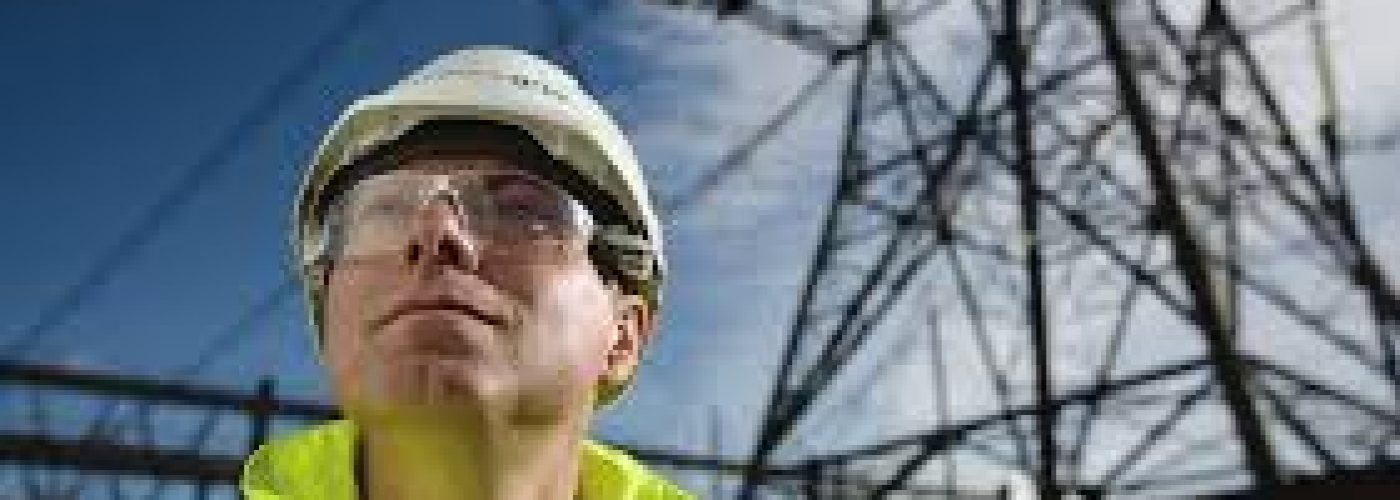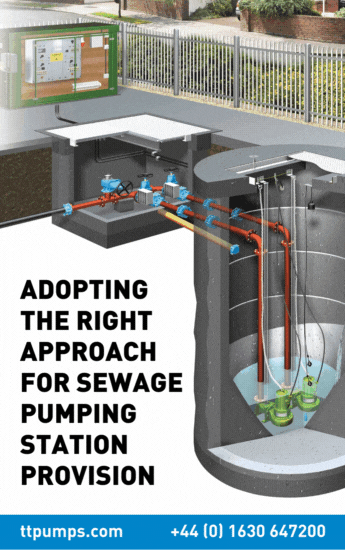Barriers and insulating components on strategic locations can help you
reduce the impact of wildlife on your power system. When specified and
installed correctly, power components can reduce fire risk, lower power outage
instances and safeguard the environment for over four decades.
Industrial power distributors and utility companies have to face a prevalent problem
where animals interfere with high voltage lines and power substations and cause
bushfires that have a serious effect on the environment. Such power incidents
may be a result of the following:
• Fires resulting from the ignition of animal nests and other debris; fires at
pole tops as well as the electrocution of animals and birds
• Fire induced by vegetation when live conductors clash with vegetation
• A clash of conductors, when adjacent conductors come into contact and
generate travelling arcs, sparks and lead to conductor damage
• Pollution flashover (airborne environmental pollutants and bird guano) where
pollutants build up on insulated components. They then become conductors where
the current flows through, increasing the chances of a flashover, flame
tracking and arcing
Vegetation and wildlife can cause phase-to-earth-faults when they form
conductive paths, which connect the power equipment to the ground. They can
also cause phase-to-phase faults that occur from the collision of the adjacent
phases or getting connected via debris or wildlife (wire clashes or animal
conduction). This often results in the production of molten metal particles
that cause fires by igniting dry vegetation. These risks may be lowered by preventively installing TE Connectivity’s (TE) Raychem Wildlife Asset
Protection solutions.
What are TE’s Wildlife Asset Protection solutions? They are insulating barriers and
covers that lower a fire risk on substation and overhead line components. They
are both reliable and retrofittable.
Wildlife and Asset Protection products are always at a risk of premature
failure and degradation due to environmental factors, which in turn may cause
fire. Thus the selection of materials used in producing these products is very
important. Unfortunately, it is often overlooked at the selection stage. Particularly
important is that the polymers used are formulated to endure harsh
environmental conditions without material breakdown for decades.
The importance of choosing the right Wildlife Asset Protection Solutions
Most utility companies find investing in systems to reduce the risk of bushfire
from wildlife-related causes more of a reactionary or discretionary effort. However,
these components indeed help enhance reliability in power connections as well
as power safety, which would result in a significant payback of the power
providers as they prevent fire catastrophes. The costly and far-reaching
implications include:
• Injury to people and sometimes, fatalities
• Extensive damage or total loss of the assets in the power grid
• Power outages and service interruptions (SAIFI and SAIDI) that not only
disrupt communities and residential homes, but may also lead to dangerous
conditions in hospitals, learning institutions, and industrial centers, among
other places
• Environmental pollution that may threaten wildlife, livelihoods and power infrastructure
personnel, especially if potentially hazardous components are burnt in the
process
• Irreparable damage to horticultural and agriculture assets from the fire
• Legal implications that result in litigations and penalties from the fires
• Negative publicity on mainstream and social media outlets that not only
damages the reputation of the company but also lowers the shareholder value.
Choosing Materials for Wildlife and Asset Protection Installations
The level of effectiveness of a Wildlife and Asset Protection product, and
thereby its level of fire protection, varies based on the type of material it
is made of. It is important that the manufacturer makes its products using
materials formulations that can handle the harsh conditions substations and
overhead lines are regularly exposed to for extended periods of time. These
include mechanical stress, pollution build-up, high voltage stress, elevated
temperatures and pollution-induced arching.
If you do not select components made from the right performance material, you
could end up increasing ignition sources.
With this in mind, consider the following performance characteristics, as
explained in selecting Wildlife and Asset Protection components.
1. Resistance to Erosion and Tracking (TERT)
TERT measures the extent of tracking resistance of a material. This is its
ability to resist ignition and surface arching when subject to high-stress
environments.
The ASTM D2303 abrasion test and a step method using 2.5kV to 3.25kV are the
common methods to determine TERT. If the tracking resistance is inadequate, the
material is susceptible to degradation over a given period. This, in turn,
leads to the breakdown of the insulation, propagation of the flame and
production of sparks.
With the test standard in mind, the material with an excellent TERT resistance
is one that can withstand more than a single Step TERT after the abrasion
method has been applied.
2. Ultraviolet (UV) Resistance
This is the ability of a material to withstand prolonged UV exposure without
failing over a long period. This is because the materials will be outdoors all
the time.
Materials that do not have excellent UV resistance tend to degrade over time
This gives a leeway to environmental pollutants to build upon the cracks,
thereby increasing the chances of ignition, arcing and tracking from conduction
from these pollutants.
Scientists demonstrate UV resistance by the use of ASTM G154, UV-3, Cycle 3
test that takes at least 1,000 hours. However, to determine if the polymer at
hand can perform for over 30 years, the materials are UV tested for at least
5,000 hours.
3. Thermal Endurance
This is the measure for a material’s ability to resist deforming or melting
(maintain mechanical integrity) in environments with sustained high
temperatures. If a material can withstand melting, there is a reduced risk that
it might drip down on dry grace or other vegetation and trigger fire.
There are two methods used in testing thermal endurance in wildlife and asset
protection components:
1. Thermal Index IEC 60216/IEEE 98. Here, the material is subjected to
temperatures of105°C (221°F). If it can withstand these temperatures over
20,000 hours, it can last over 20 years.
2. Thermal Aging ASTM D2671that takes 750 hours. The material is subjected to
temperatures of 150°C (302°F). This provides an indicator of whether the
material can perform for at least 30 years.
Methodologies with Better Tests
To demonstrate the three properties discussed above, some firms also use
power-arc testing methods as contained in the IEEE 1656. The test is the
stimulation of the actual power arc where high voltage is generated, resulting
in high energy, hot gasses and high temperatures in a short period.
It also stimulates the conditions that may lead to ignition in a power
distribution system from events such as a lightning strike or trapped fault
current that impacts the polymer material. The ideal material remains intact
and neither catches fire nor deforms after the test.
Closing Remarks
Utility companies can safeguard their substations and overhead lines from the
risk of wildlife-related fire by working with a professional vendor who
develops a plan to evaluate most-at-risk components. The risk assessment
process is used to determine what is unprotected and be insulated.
Utilities would be wise to partner with companies who have experience in the
field, expertise in mechanical and electrical component design, as well as a
focus on material science and materials formulation. The ideal partner should
provide a comprehensive solution that includes integrated materials science,
testing, installation support and supply chain integration to enhance the quality
the utility benefits from in the management of such projects.





